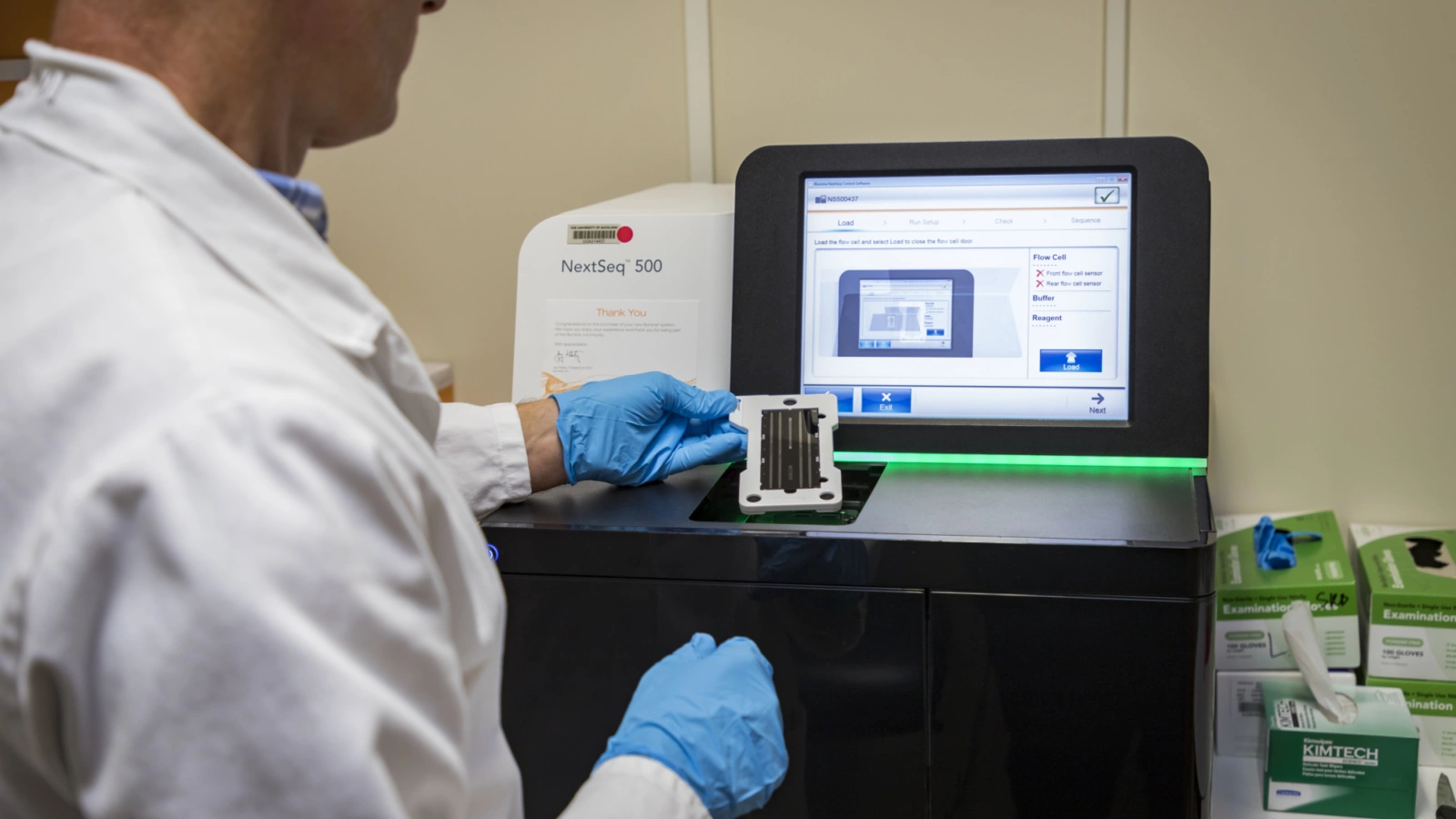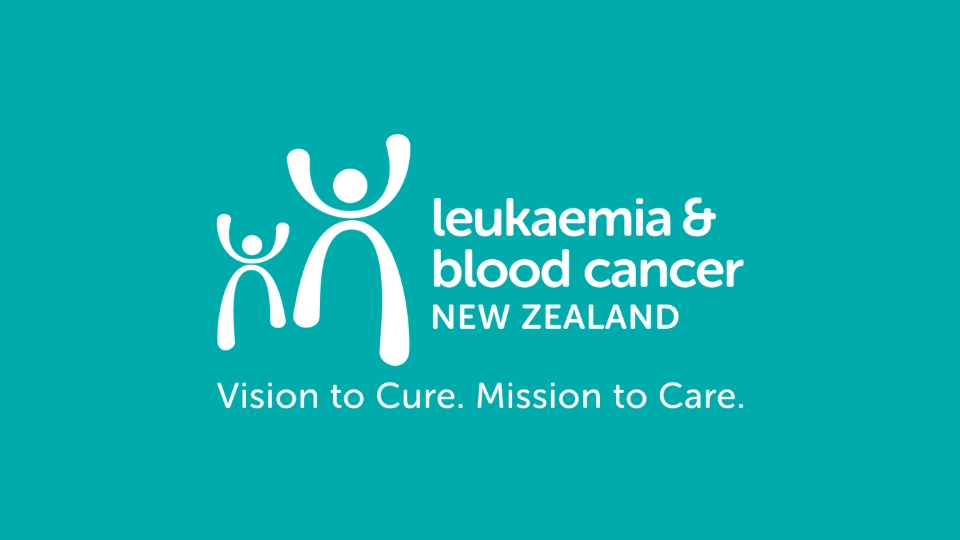Current research from the Leukaemia & Blood Cancer Research Unit (LBCRU) at The University of Auckland has focused on increasing understanding of leukaemia genomics and how this information affects patient care and outcomes.
The research shows that most mutations which are relevant for blood cancer can be found in about 78 genes. Up to two years ago, only 3 genes were routinely analysed for mutation in blood cancer patients at Auckland City Hospital, giving limited insight into what was going on for each patient. This can have important consequences for the clinical course and the best treatment options for an individual patient.
Supported by Leukaemia & Blood Cancer New Zealand, the LBCRU has developed a comprehensive test that looks for mutations in all 78 genes using a “Next Generation Sequencing” platform. Over 300 patient samples have been tested including 101 with AML using an “Auckland Myeloid Gene Panel”, which showed that no two AMLs are alike as no patients with identical patterns of mutations had been encountered.
This new diagnostic test has far-reaching results. Knowing which mutations are present means that the disease can be diagnosed correctly according to World Health Organisation criteria. It means better targeted treatment with specific drugs.
A more accurate prognosis allows predictions for the severity of the disease and likelihood of success with standard treatment, or whether more intensive therapies like bone marrow transplants are required.
Unexpectedly, in some case, mutations are found not only in the cancer cells but in all cells of the patients suggesting an inherited predisposition to blood cancer. This is an important discovery as familial mutations have implications not only for the patient but for other family members as well.
LBC’s Medical Director, Professor Peter Browett is Head of the Department of Molecular Medicine & Pathology at The University of Auckland as well as LBCRU’s co-director. He describes the results of the gene panel testing for physicians as “bringing light into a previously dark room and enables them to make more informed decisions about patient management”.



